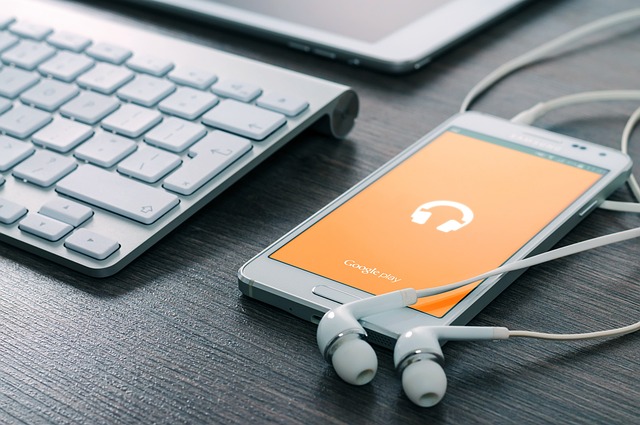Careers in Mobile Device Testing: Roles and Skills
A career focused on testing mobile devices combines hands-on technical work with careful evaluation of hardware and software. Professionals in this area inspect equipment such as screens, cameras, and audio components while using specialized workstations and testing software. Roles often involve collaboration with engineers, laboratory teams, and corporate quality assurance groups to ensure devices meet design and reliability standards.

A career in testing mobile devices centers on validating the performance and reliability of smartphones and other portable electronics. Work typically requires familiarity with technical equipment, dedicated workstations, and standard office technology like computers and networked peripherals. Testing balances routine checks with detailed diagnostic procedures, and professionals often document results for engineering and product teams. The work environment can range from a lab bench surrounded by diagnostic rigs to a corporate testing area where multiple devices are evaluated against software and operating system benchmarks.
What does testing equipment and workstation setup involve?
Setting up a testing environment requires appropriate equipment and a reliable workstation. Testers use specialized rigs for durability and drop tests, calibrated tools for measuring screen response and brightness, and computers running analysis software. Workstations must be configured to replicate real-world operating conditions, including varied network settings and accessory compatibility. Attention to cable management, consistent power sources, and secure mounts for repeatable tests helps reduce variability and supports systematic reporting to engineering teams and quality assurance personnel.
How do engineers test screens and camera systems?
Screen and camera evaluation combines visual inspection, automated measurements, and subjective assessments. Engineers or technicians use colorimeters and photometers to quantify screen color accuracy and brightness, and run touch responsiveness scripts to assess latency and accuracy. Camera testing includes image quality analysis across lighting conditions, autofocus behavior, and stabilization checks. These processes often require controlled laboratory setups with standardized light sources, test charts, and software that can compare outputs to reference baselines maintained by the engineering group.
What software and operating system checks are typical?
Software and operating system testing ensures a mobile device behaves reliably across updates and diverse usage scenarios. Testers run compatibility checks for common apps, monitor background process stability, and validate system-level features such as power management and connectivity. Automated test suites and manual exploratory testing both play roles: automation covers regression with repeatable scripts, while manual tests can detect nuanced UX problems. Logging and diagnostic tools on the computer workstation collect crash reports and performance traces for engineering analysis.
How are audio, durability, and electronics evaluated?
Audio evaluation involves frequency response tests, distortion measurements, and subjective listening checks for speaker and microphone systems. Durability testing covers drop, bend, and ingress protection simulations using mechanical apparatus and environmental chambers. Electronic component assessment includes thermal imaging for hotspots, board-level inspections, and functional checks for sensors and radios. Combining quantitative instrument readings with documented procedural steps helps quality assurance teams determine whether a device meets manufacturing and regulatory expectations.
What role does quality assurance in a laboratory or corporate office play?
Quality assurance coordinates testing activities to maintain consistent standards across batches and product lines. In a laboratory setting, QA defines test protocols, acceptance criteria, and reporting formats. In a corporate office, QA often collaborates with product managers, supply chain, and compliance to interpret results and manage corrective action. Documentation is critical: detailed test logs, traceable equipment calibration records, and clear defect classifications allow engineers to address root causes and support continuous improvement programs.
What tools are commonly used for smartphone and mobile device testing?
Typical tools include automated testing frameworks, diagnostic software, network emulators, and handheld meters for electrical measurements. Testers often use computers to orchestrate scripts, capture logs, and analyze performance data. Hardware accessories such as antenna analyzers, optical benches, and audio analyzers support focused measurements. For localized troubleshooting or support of local services, handheld diagnostic apps and portable rig setups enable technicians to validate behavior in representative environments without relying solely on large laboratory installations.
In summary, testing mobile devices is a multidisciplinary activity combining hardware evaluation, software verification, and procedural rigor. Success in this field depends on methodical use of technical equipment, clear communication with engineering and corporate QA teams, and the ability to document and reproduce findings within laboratory or office environments. The role emphasizes consistent processes and measurable outcomes rather than speculative performance claims.






